“Raees”… A disappointingly generic story of a criminal, with too few highlights
Spoilers ahead…
Like any self-respecting rags-to-riches gangster movie, Raees shows the boy before it shows the man. With a difference. In Deewar, the boy sees his father being branded a thief. He sees his mother struggling to raise her sons. So when a get-rich-quick opportunity presents itself, he grabs it, becomes a gangster. Or take Nayakan. The boy sees his father murdered by a cop. He kills the cop, flees. He ends up with the family of a smuggler, who tells him nothing is wrong if it helps a few people. This becomes his credo when he takes to crime. Now consider Raees. A Gujarati boy becomes a bootlegger in his dry state because… it’s a rush. There are a couple of cheeky masala moments when the young Raees (that’s his name!) steals something that belongs to the Mahatma, or when he walks past cops with a schoolbag stuffed with bottles of liquor. We grin. We sit back for a different kind of gangster film. Not about a gangster whose fate was decided by… well, fate, but one who decided it would be cool to be a gangster. The template, in other words, isn’t Deewar or Nayakan. It’s Goodfellas.
Parts of Raees live up to this promise. There’s a Scorsesean kineticism in the flashy editing – scenes don’t so much segue as collide and tumble into each other. Take the Laila song. Sunny Leone can’t match Zeenat Aman’s slinkiness – but the choreography keeps building, and it leads to murder, and there are undertones. Raees (Shah Rukh Khan) has just found out he’s going to become a father. And now, he’s out to kill his father figure (Atul Kulkarni). It’s good to see Shah Rukh in this mode. His slo-mo walk after the act – rings of kohl around the eyes, spatters of blood on the face – merits a long wolf whistle. As does a fight sequence set in a meat market, which involves a goat’s head. The stretch appears edited with a butcher’s knife. It feels icky, raw. It feels the opposite of the super-slick films we see today.
Hosted by imgur.com
https://i0.wp.com/i.imgur.com/2vqyUHn.jpg
It’s nice, too, to not have the wife – Aasiya (Mahira Khan) – as a conscience-keeper. She’s a stock character – as is Raees’s friend Sadiq, played by Mohammed Zeeshan Ayyub – but there’s a nice little aside where we see her counting notes. Aasiya seems to know who Raees is, she seems to have made her peace with it. (Or maybe that was the attraction.) The film doesn’t bother with falling-in-love scenes. When we first meet Aasiya, she’s already in love with Raees. The catchy duet, Zaalima, comes much later, after Aasiya and Raees are married. But think back to Shiney Ahuja and Kangana Ranaut in Gangster, and you’ll see how perfunctory these love scenes are. They’re merely an excuse to bring back crinkly-eyed Shah Rukh and his dimple-deepening smile. Mahira Khan’s mannequin blandness makes you wonder if they had to go all the way to Pakistan to fill out this chalk outline of a role – but it’s not just Aasiya. None of the characters come alive. When Raees badmouths Sadiq, we don’t feel the knife-twist in the latter’s heart. When he turns his anger on Aasiya, we feel… nothing. When a Hindu neta marches into Raees’s Muslim neighbourhood, the enormity of the transgression doesn’t inform the action scene that follows. Regardless of a gangster’s profession, the general arc, filled with good guys and bad guys and cops and corrupt politicians, is always the same – it’s the characters that transform the generic into the specific. Raees never convinces us that this gangster’s life deserved a brand new movie.
Very late in the film, we get the reason for its existence, the specifics. In wanting to do good for his people, Raees ends up harming the nation. It’s a tragedy of Shakespearean magnitude, but it doesn’t register because it’s too little, too late, and we’ve lost all interest in the character. But then, we never really knew him, what he meant to these people, what they meant to him. His transformation from businessman to bleeding heart seems a function of director Rahul Dholakia’s (or maybe his star’s) doubts whether a Goodfellas will work in Gujarat, whether it’s possible to make an entire movie about a flashy, amoral gangster. But you need a solid emotional arc if you want to show Raees as some kind of saviour as well. Early in the movie, we get a line from his mother that no work is too small, that business is religion. It doesn’t quite have the same ring as the Nayakan line. It doesn’t quite make us feel for the boy like we felt for the boy in Deewar. Those were soul scars. Raees is all surface. We long to dig deep.
Was Raees always a Robin Hood at heart? Or did something trigger a transformation? Even when he promises sewing machines to the women of his locality, he has an ulterior motive – something that will help his liquor-smuggling business. But suddenly, he breaks down when a debt-ridden worker commits suicide. An older film would have made this worker a character, made us spend time with him, so that when he dies, we weep with Raees. Due to Dholakia’s decision to adopt a semi-documentary approach or maybe due to one of those things that just happens while making a movie (say, you discover there’s too much footage and the subplot about this worker is something you have to sacrifice), we get the sense not of organic character growth but life events being ticked off a checklist. There’s no one to root for, feel for. Suddenly, Raees wants to build a housing colony for the people around him. It’s hard to get a grip on the man. Or the movie.
Another problem: the lack of a mythic antagonist. Nawazuddin Siddiqui plays the cop out to get Raees, but it’s business and not personal. He has no particular enmity with Raees. He treats Raees like just another criminal who needs to be put behind bars. Siddiqui is enormously entertaining (the way he tosses off his lines leave you chuckling a few seconds into the next scene), but he’s not someone you can hang a masala-movie villain on. (Though to be fair, the film’s docu-drama approach to masala may have resulted in downplaying the larger-than-life aspects of the Siddiqui character.) Siddiqui gets a fantastic scene where he runs a road-roller over bottles of liquor, but the cat-and-mouse portions don’t result in satisfying payoffs. And because this rivalry isn’t explored, the end makes no emotional sense. It’s the kind of ending you expect in a Heat, where cat and mouse are two sides of the same existential coin. But when Raees gets all emotional and asks the Siddiqui character if he’ll be able to live with the regret, we go “Huh?”
We walk out with this question: Is it possible to make a relatively “realistic” masala movie? The lines don’t have the punch they should, and the Old Bollywood scenes are an embarrassment. (Here’s how Aasiya broaches the topic of her pregnancy to Raees: “Aap apne abbu ko kya bulaate the?”) You sense Dholakia’s discomfort. He’s a shadow of the man who made the fantastic Parzania, but then mainstream movies, especially those that come with a big star, have a way of cutting talented and ambitious filmmakers down to size. You try to walk the middle path between Scorsese and Salim-Javed (Kaala Paththar is invoked here), and you end up lost. The uncertainty in the film’s tone and pitch reflects in Shah Rukh’s performance. At times, he’s servicing the script. At times, he’s servicing his fans. But the girls in the seats next to mine kept screeching every time he showed up, so maybe he’s doing something right.



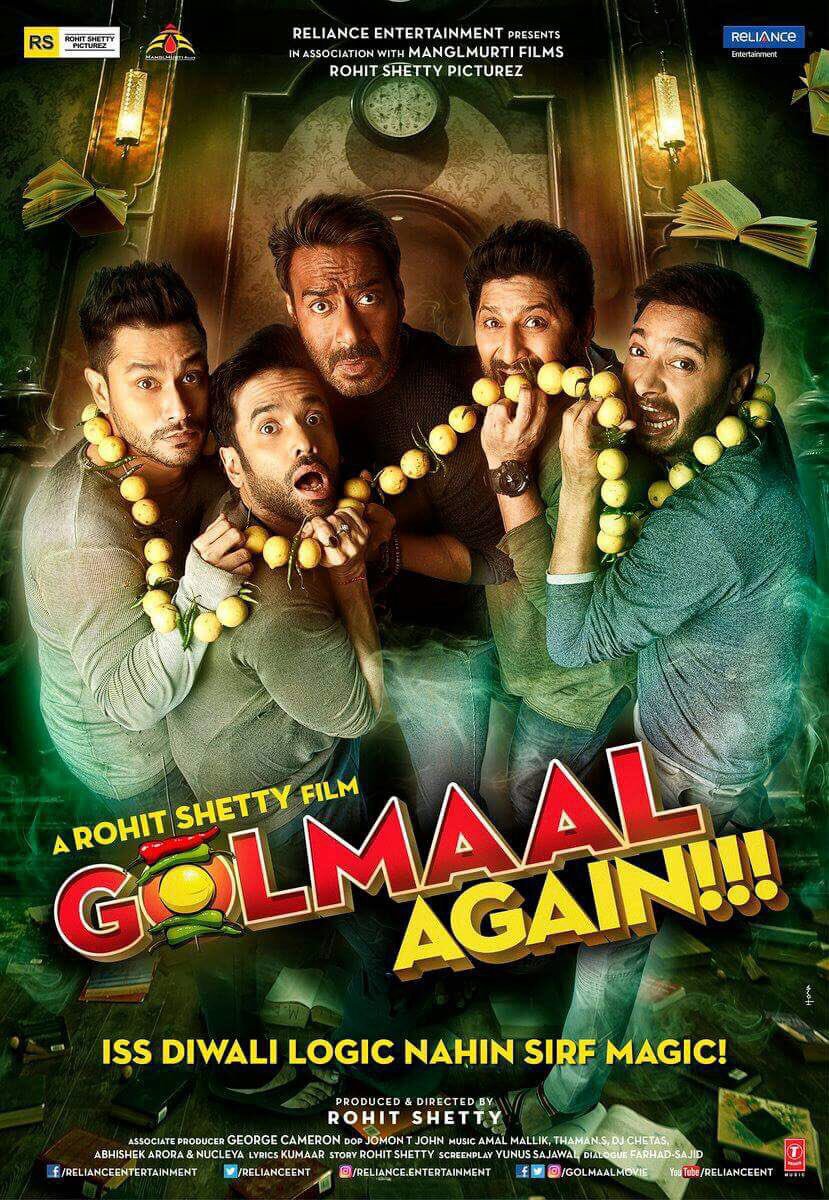
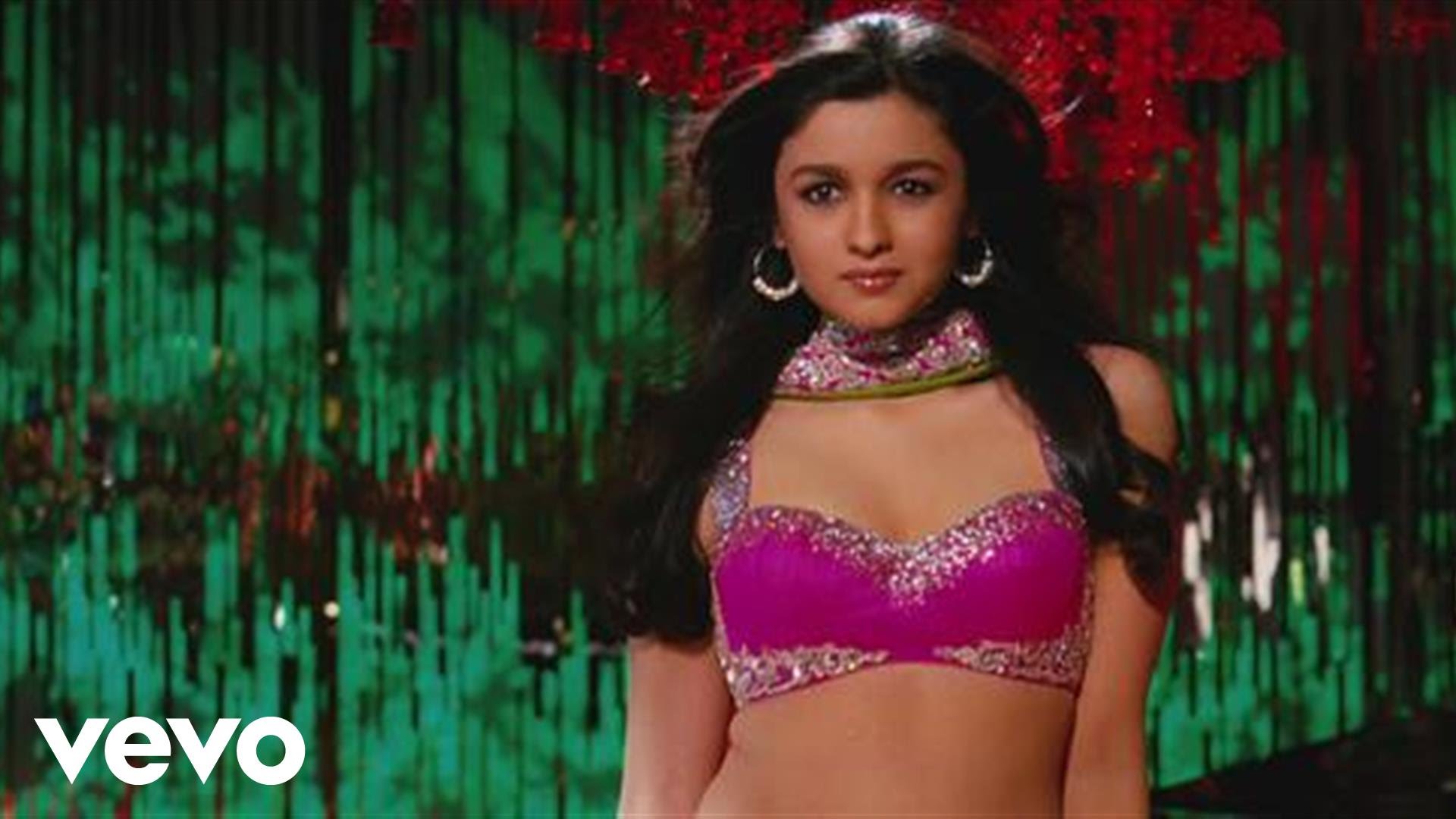

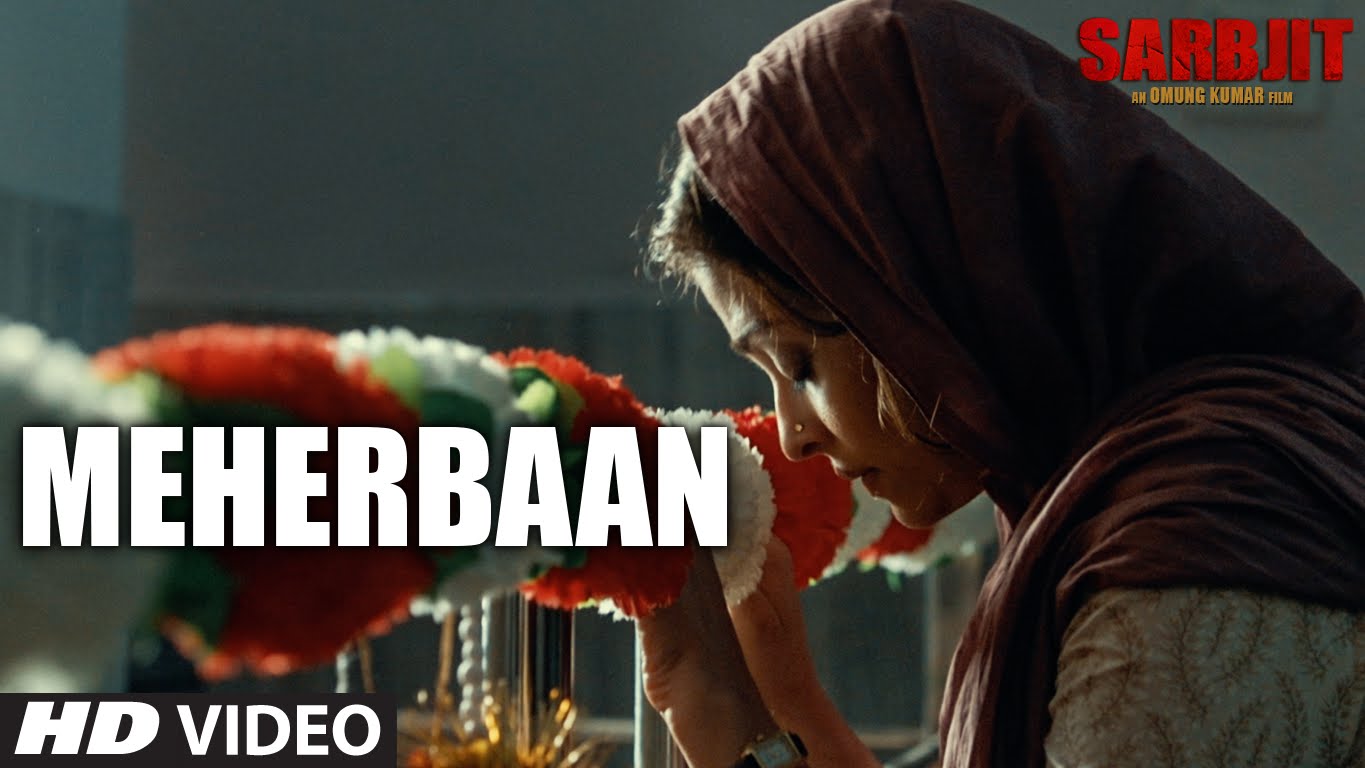
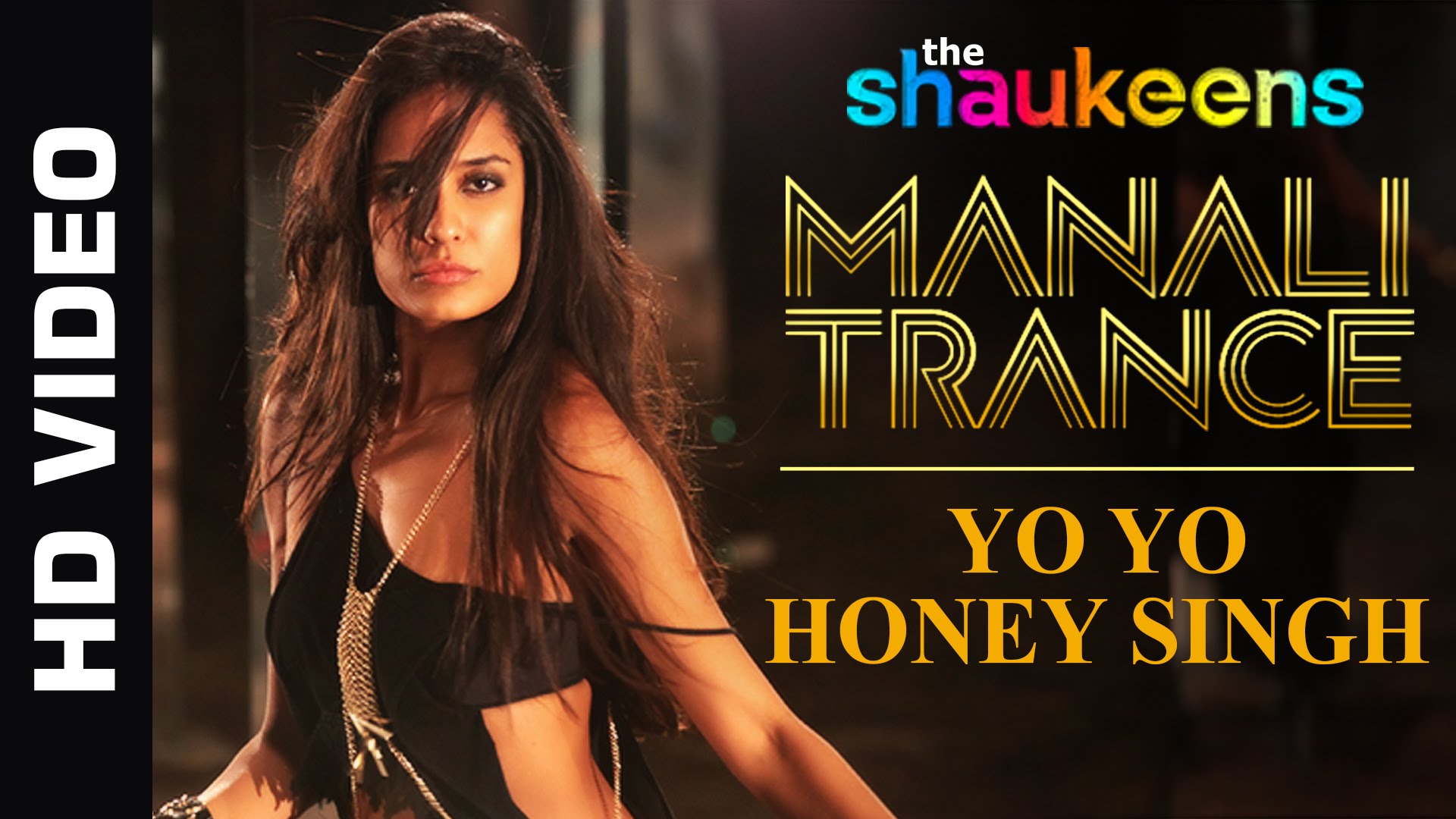
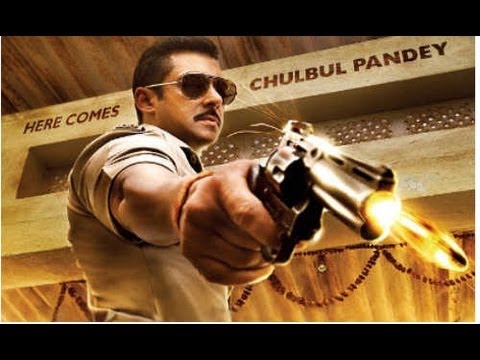
Raees: A Brave Film That Plays It Safe
There is a scene in Rahul Dholakia’s Raees where Vijay, the symbol of conscientious idealism in Salim Javed’s cinematic universe of the 70s, appears for a few seconds on a screen in an open air theatre to take a greedy capitalist to task for a coal mine that has caused poverty, death and persecution of poor miners. The film was Yash Chopra’s Kala Patthar but it could have been Deewar. Or Trishul where the protagonist was never deviant without a reason and where his empathy for others came from a back story of deprivation and loss. From a mortal injury to the soul.
**
So this scene appears just when Shah Rukh Khan’s Raees is confronting a factory owner and asking him to pay compensation to his debt ridden workers. The moment does not totally work not just because it is a clumsy tribute to a simpler, more innocent heroism but also because Raees is primarily a bootlegger who at some point decides to be a saviour. The fire in his belly as a child is stoked by the desire to do “dhanda,” when he sneaks liquor bottles out of a heavily policed area in his school bag. There is nothing in his history that however explains the fracture in his morality. It is also hugely symbolic that Raees grows up in a Gujarat where Gandhi is now just a symbol, a mute statue whose spectacles are sometimes stolen to make a political point or in this case, filched by a child who cannot afford a pair.
**
The reason why Raees never chooses any other path is not clear though when he grows up and can afford it, he wants to create a utopia where every day will be Eid and every night Diwali and there will be an English medium school for every kid. But no, we don’t see why he becomes a bootlegger in the pursuit of this dream except that as a child he saw his mother being taunted by a policeman, and she retorted that no “dhanda” was too petty. She did clarify later that what you do should not harm anyone but what does that harm entail, is never specified. And so when Raees grows up, there is no fastidiousness when it comes to getting bloody and dirty for a few lakhs as in the scene where you see a brutal fight in the blood of slaughtered animals. And as he continues to grow more and more dangerous, you see him getting rid of his enemies with the same cold-bloodedness. In one scene he washes his blood spattered face before his wife who is expecting their child.
**
His character may or may not have roots in a real life story but there are clear references to Mani Ratnam’s Nayakan (refer to the bromance with Mohammed Zeeshan Ayyub and the use of a waterway to hoodwink the police that is checking the highway for smuggled goods and the fierce loyalty he evokes in the people he helps). Still, he is primarily a profiteer who lacks the immediately relatable humanity of Iqbal in Manmohan Desai’s Coolie who also turned to politics to fight for equality or Sikander, another messiah played by AB in Prakash Mehra’s Muqaddar Ka Sikander who found solace in helping the dispossessed in a society that never accepted him as one of its own.
**
Raees shies away from addressing the primary question that every relatable protagonist must answer, “Who do I represent?” A question that Karan Johar’s My Name is Khan tried to answer but cleverly not in India but in the post 9/11 America. The closest the film comes to addressing the tragic politicised polarisation of communities is when Raees opens langars in four mohallas after a spate of riots and says, “When I did not discriminate between religions while doing business ..why would I do it now?” And in the singularly most memorable line he speaks in the entire film when he says, “Main dhanda karta hoon..par dharam ka dhanda nahin karta.” But in the end, even Raees who has kept religion and business apart becomes a pawn when in a crisis, he unwittingly gets embroiled in the smuggling of RDX.
**
This however could not have been an easy film to make because unlike Iqbal and Sikander, Raees is dealing with country where religion, politics and profiteering have become indistinguishable. So to make a film that does not offend anybody as it skims past issues like communalism and politics would have challenged Rahul Dholakia a great deal because he dealt with a lot of backlash for making a raw and aching film like Parzania, about the 2002 riots where along with many others, a young Parsi boy went missing, never to be found. How much sanitisation went into the way the film was colour coded is visible in the scene where a rath carrying a leader advocating a liquor free Gujarat enters Raees’ colony but his supporters wear pink stoles and their flags are not referencing any recognisable political party.
**
In one of the few really poignant scenes in the film, Raees asks Nawazuddin Siddiqui’s Superintendent of Police Jaideep Ambalal Majmudar, if he can live with his blood on his conscience? In the end, that is the most important question the film asks. In a country where divisive politicians walk free after causing unspeakable crimes, is the law really serving the players or the pawns?
**
The performances are uniformly strong but it is Nawazuddin Siddiqui who nuances an underwritten part with a still, steady, all seeing gaze and a cool minimalist body language and confidence that commands every scene he walks into. Zeeshan Ayyub could have been given more to do considering what a powerful actor he is and he surely deserves by now a stand out part to shine in without having to play second fiddle to anyone. Shah Rukh Khan plays the part with obvious enjoyment and one of his best scenes is when he is being humiliated by a former mentor just when he is starting out. It is one of the few moments where you see vulnerability in the aura of a superstardom that has now become a part of his persona. That scene and the last one where he confronts his mortality with a humility his Raees has not shown through out the film.
**
Mahira Khan neatly fits into the Hindi film industry’s definition of the pristine “gharwali” whose eve teasers must be taken to task in a world where a Sunny Leone is thrown around like a piece of meat amongst a pack of animals in the villain’s den and nobody feels repelled. And you wistfully recall Zeenat Aman in Qurbani singing Laila O Laila across a dance floor that no one dared defile. Where she took off her faux fur stole only when the man she loved walked into the club. You remember a time when a heroine could be a club dancer and sensuous and still be inviolable. Mahira is a beauty though and too bad we won’t see any more of her if the current political climate persists. The music is weak and K.U. Mohanan’s camera captures Gujarat like a box of rainbow candies. This is not a bad film. It is even brave for daring to give us the first unapologetically Muslim protagonist in India since Manmohan Desai’s Coolie if you discount Chak De India but it lacks a coherent sense of purpose and instead gives us a hero who stylishly plays to the gallery but lacks the depth and the existential hurt to make us root for him and to cry with him and for him.